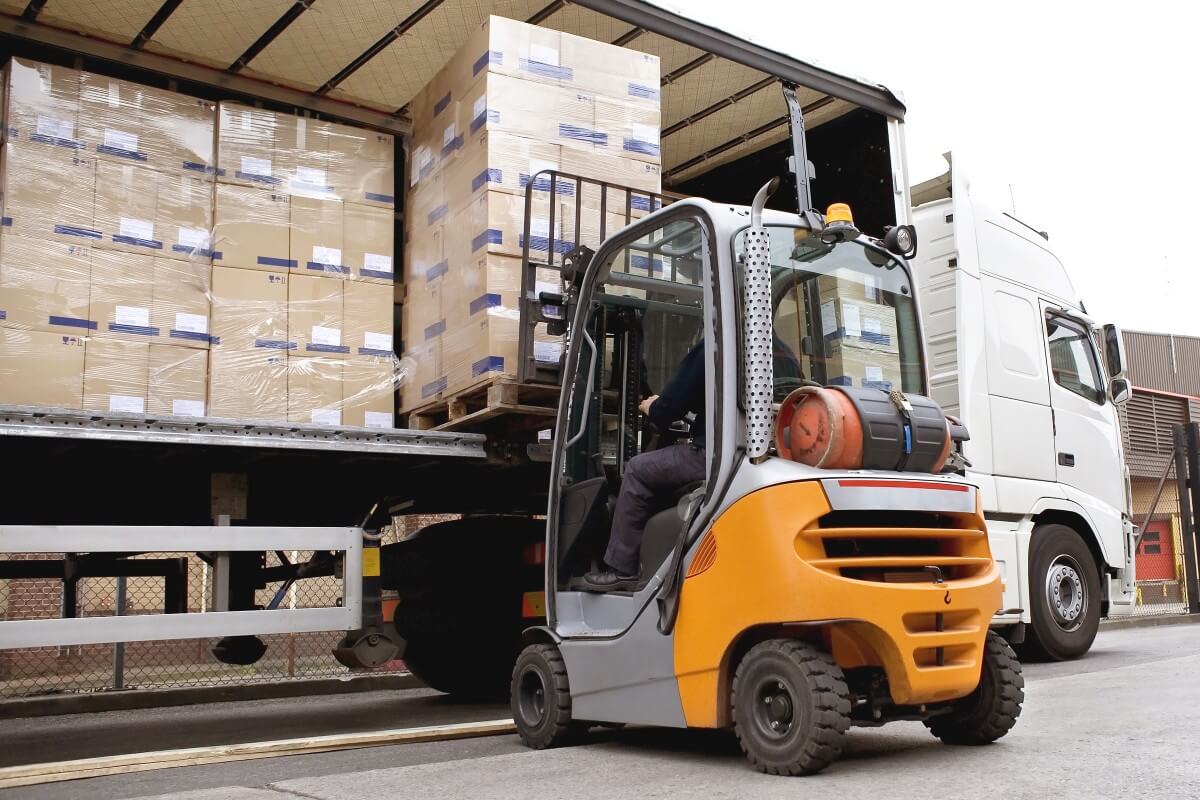

The ASTM D 5487 shipping container test standard provides general procedures for using shock machines to mimic the effects of vertical drops. It covers the tests of standard bags, shipping containers, cylindrical containers and sacks.

ASTM D 5487 packet testing is an important standard because it is one of the most troublesome dangers a shock pack can withstand. The standard defines criteria that are determined to protect containers and their contents from hazards encountered during handling, storage and transportation.
Controlled shocks that a shock machine enters can provide a more accurate assessment than free fall. The test standard indicates that the test indicates that non-verticals drop by two degrees vertically, resulting in 8% lower acceleration in the test sample. This results in the impact energy dispersing in several axes.
There are two test methods used by ASTM D5487 test laboratories. Method A is the Unlimited Test Method. This test method places the shipping container in the middle of the shock machine table. The table is raised to the predetermined machine drop height and releases the table.
should be checked to prevent a second effect. The motorcycle bungee cord net has been successfully used to prevent test samples from bouncing back from the shock machine table during impact. A shock test is done. The container is inspected to determine if it is damaged. If possible, the content is functionally tested to determine if it is damaged. Once this is complete, the shock members should continue until the required members are affected.
The second test method is Test Method B, which is the Limited Test Method. The first step is to identify the shipping container faces according to Test container D5276. The shipping container is placed in the middle of the shock machine table. The movement of the loaded container is limited so that the shock pulse is transmitted directly to the test sample. The table is raised to the predetermined machine drop height and the table is released. A shock test is done. The product and container are inspected and functionally tested to determine if they are damaged. After this is completed, according to Test Method D5276, the shock test continues until the required members are affected.
To get an appointment, to get more detailed information or to request an evaluation, you can ask us to fill in our form and reach you.